
Outdoors the visitor will enjoy an exhibition of Almazaras, rooms of a popular Andalusian house from the beginning of XX Century, and farming implements.
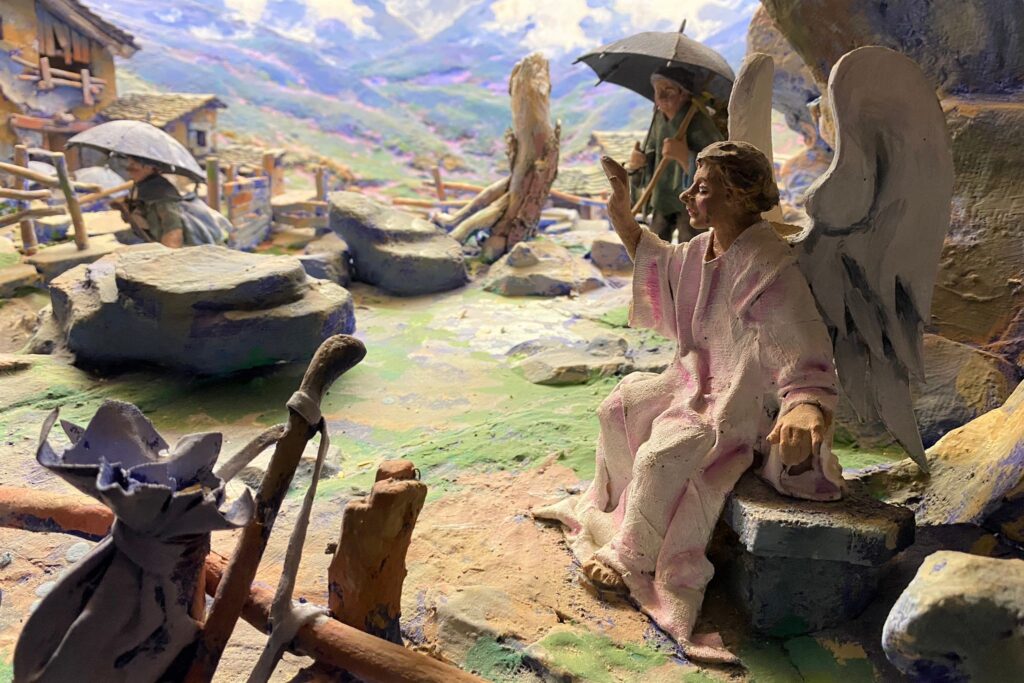
Turning round, the visitors can observe the figure of Saint Francis of Assisi, patron saint of nativity scene makers and a symbol of the beginning of the nativity art tradition. He it was who first set up a small replica of a nativity scene on Christmas Eve 1223, in Italy. This figure has been made by the Sevillian sculptor, José Ángel García.
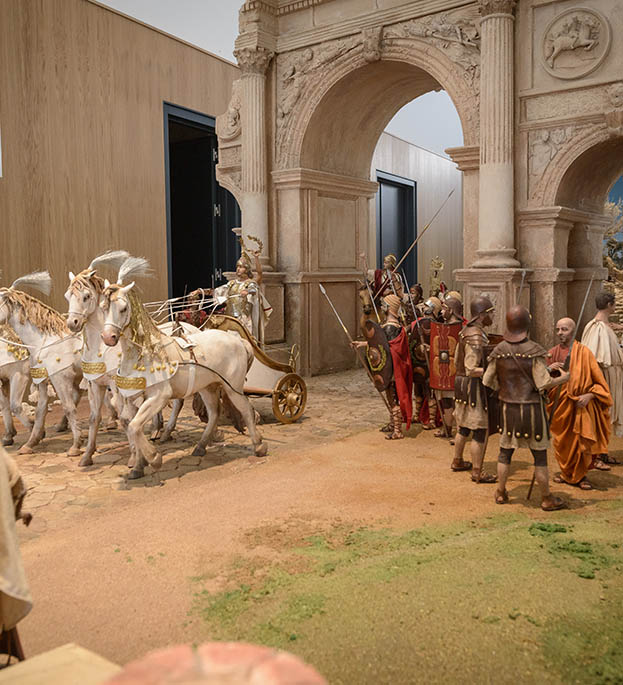
DIORAMAS,
DOMES
AND NATIVITY
SCENES
In the Central Hall we must highlight the Sicilian Nativity by the master Nativity artist Angela Tripi, with several scenes from the Italian popular culture, as well as the Neapolitan Nativity by the famous Nativity artist Claudio Mattei, and the School of Monte San Pietro with the magnificent Parade of the Three Wise Men.

LA CUEVA (THE CAVE) (ROOM 1)
DIORAMAS HALL (ROOM 2)
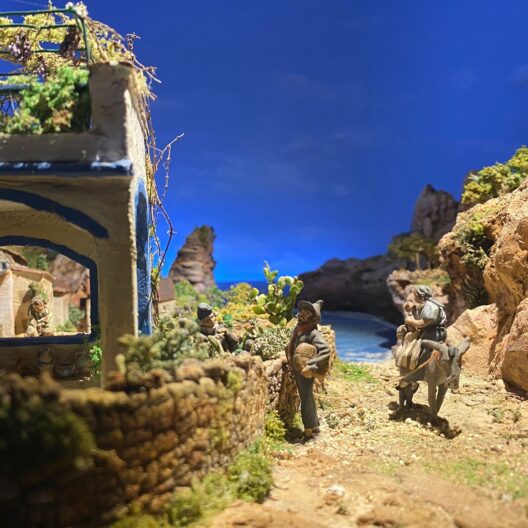
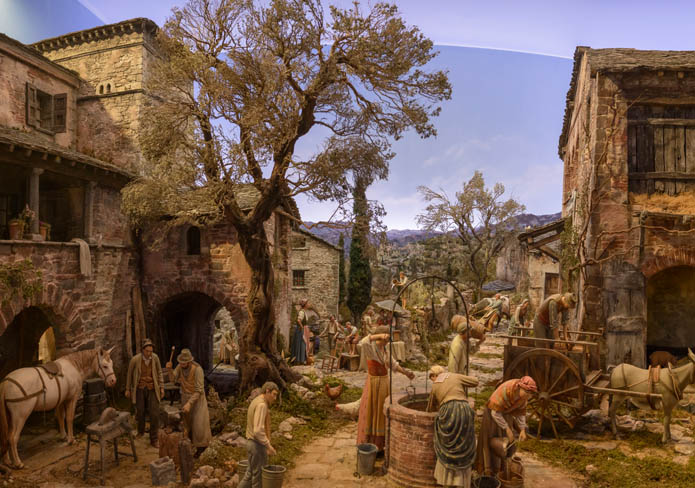
DOMES HALL I (ROOM 3)
ANDALUSIA AT CHRISTMAS (ROOM 4)
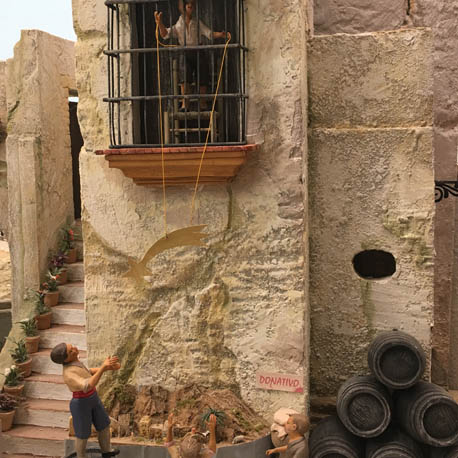
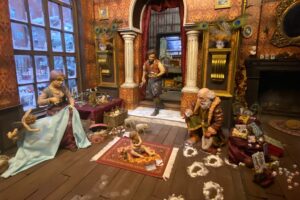
DOMES HALL II (ROOM 5)
SACRED MOUNT (ROOM 6)

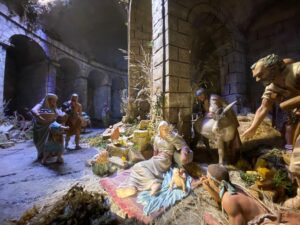
DOMES III (ROOM 7)
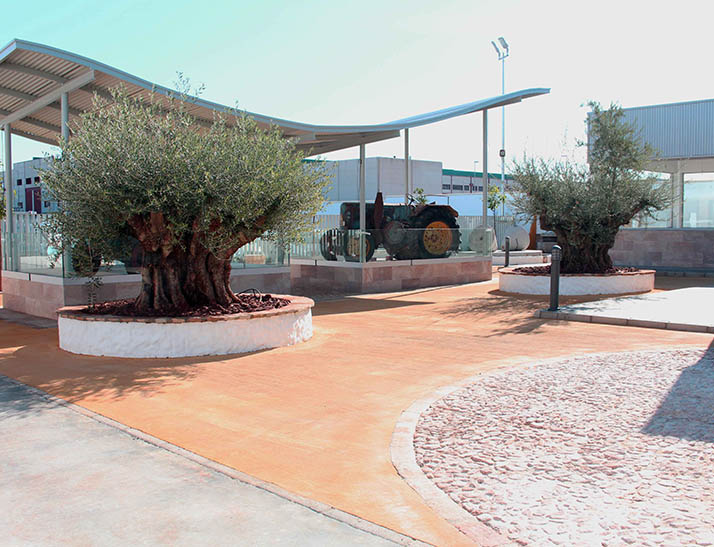
__
ANDALUSIAN
COUNTRYSIDE
EXHIBITIONS




